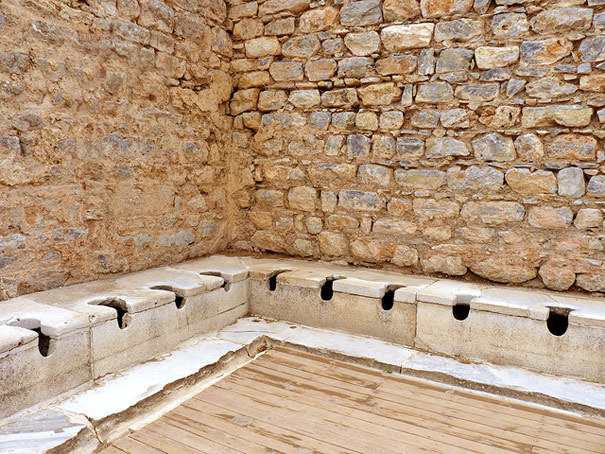Lorem ipsum dolor sit amet, consectetur adipiscing elit. Morbi eu nulla vehicula, sagittis tortor id, fermentum nunc. Donec gravida mi a condimentum rutrum. Praesent aliquet pellentesque nisi.


To improve our knowledge of the parasite species affecting the inhabitants of Roman period Asia Minor, we analysed faecal material from Ephesus, Turkey. Mineralised material from the drain from a private house latrine (3rd c. CE), sediment samples from the sewer drain of a public communal latrine (6th c. CE), and sediment from the harbour canal (ca. 1st c. BCE to ca. 6th c. CE) were studied for the presence of intestinal parasites. Samples were viewed by light microscopy for helminth eggs, and commercial enzyme-linked immunosorbent assay (ELISA) kits were used to test for protozoal parasites that cause dysentery. Eggs of roundworm were found in the public latrine, whipworm in the house latrine, and both whipworm and roundworm in the harbour canal. Sequential sampling of the harbour core suggests that whipworm was by far the most common parasite throughout the Roman period, and there was no clear evidence for change in parasite species over the centuries. Whipworm and roundworm are both spread by the contamination of food and drink by human faeces. Despite the large number of travellers to Ephesus, as the capital of its province and a major port city in the Roman Empire, there was a surprising lack of diversity in parasite species found. This is especially apparent when we consider that ten species of intestinal parasite have been found across the Roman Empire. This is the first Roman site to be directly assessed for differences between infection in individuals using private latrines, public latrines, and mixed town effluent (in the harbour) at the same site.